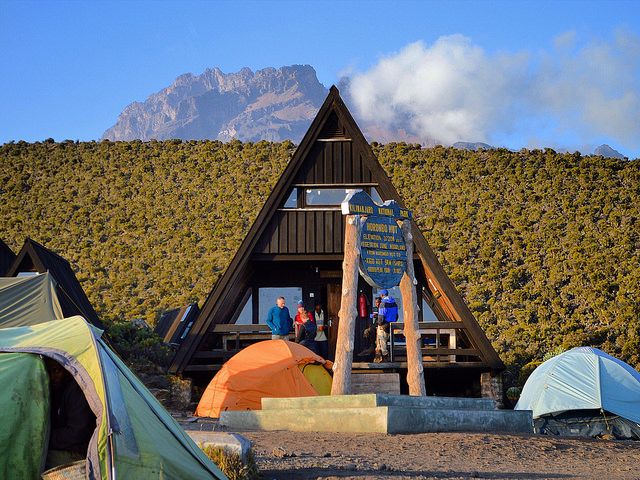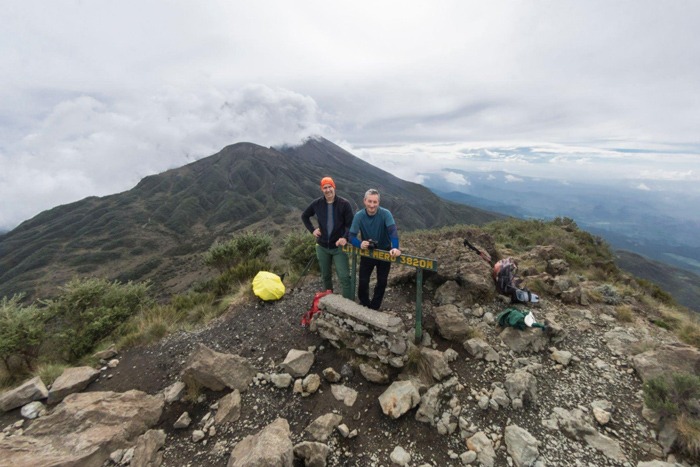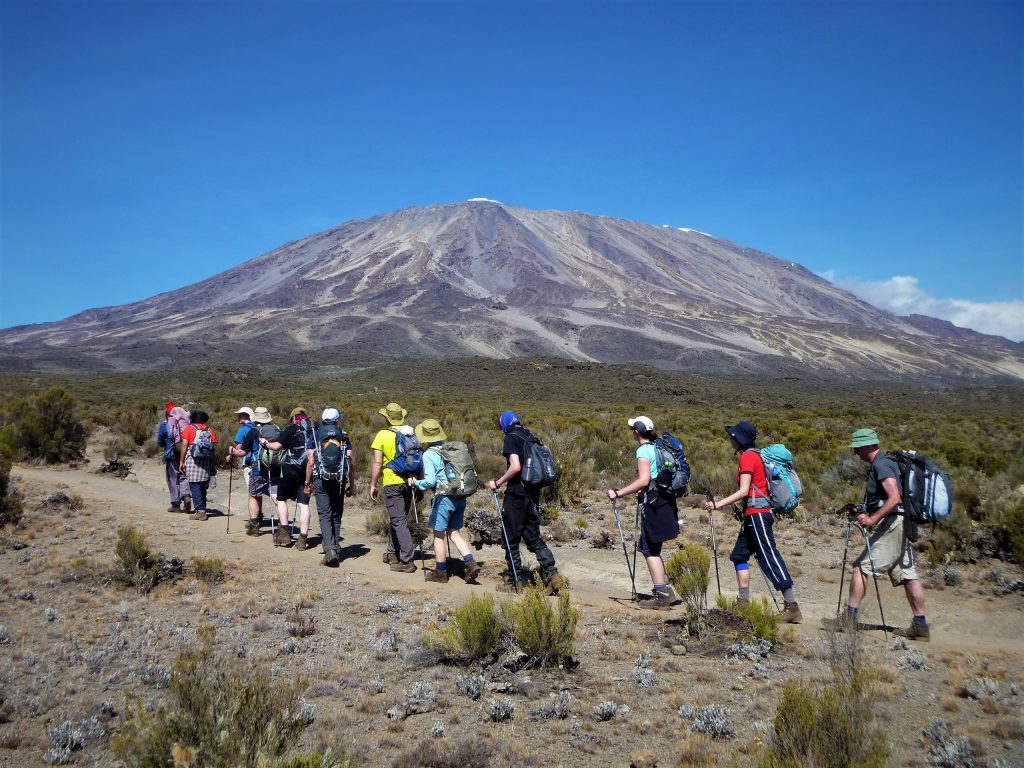Mt.Kilimanjaro
Mount Kilimanjaro Your Ultimate Guide to Conquering Africa’s Rooftop
Mount Kilimanjaro, standing at 5,895 meters (19,341 feet), is Africa’s highest peak and the world’s tallest free-standing mountain. Located in Tanzania’s Kilimanjaro National Park, this dormant volcano offers a non-technical climb, making it accessible to adventurous trekkers without mountaineering experience.
Mt.Kilimanjaro Popular Routes
There are six routes are fully approved for the hike of Mt.Kilimanjaro to reach the peak of uhuru. Each route offers different scenic views of nature that comes with its own advantages and disadvantages.Regardless of the route guest chooses one has to be well prepared for the great challenge of the mountain.
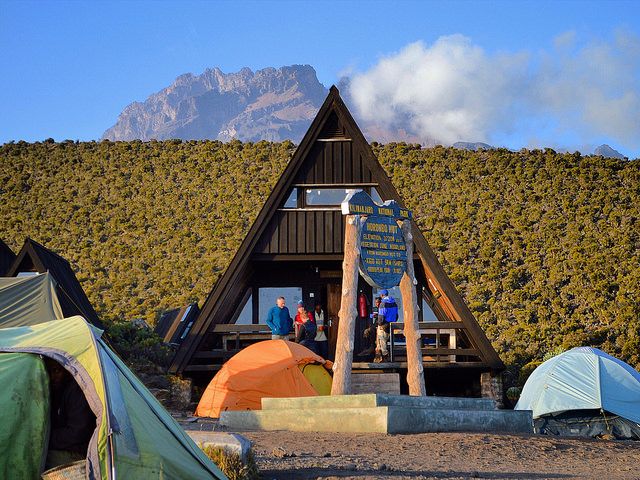
Marangu Route
The Marangu Route is one of the most well-known and traditional paths to the summit of Mount Kilimanjaro, often nicknamed the “Coca-Cola Route” due to its historic reputation as the “easier” climb (though it’s still challenging!).
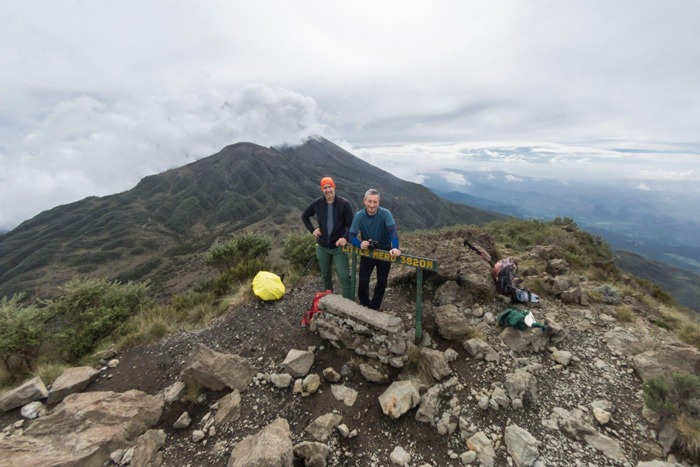
Machame Route
The Machame Route, nicknamed the “Whiskey Route” for its challenging yet rewarding nature, is the most popular path to Kilimanjaro’s summit. Famous for its stunning landscapes, high success rates, and diverse ecosystems, it’s the top choice for trekkers seeking an immersive adventure.
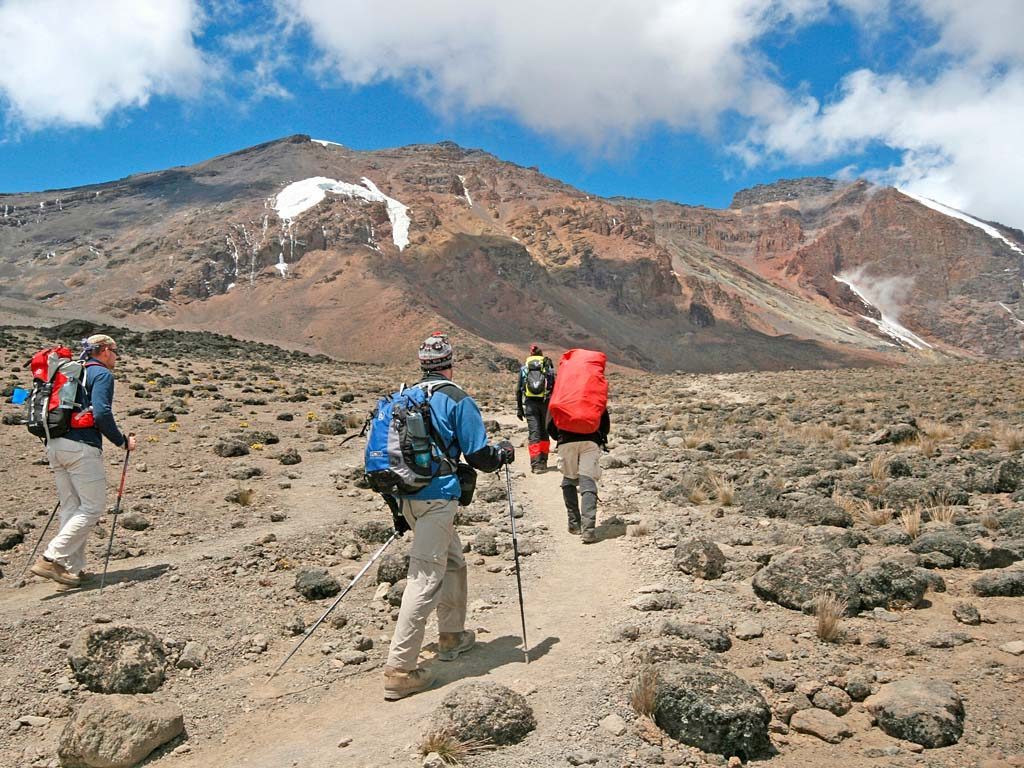
Lemosho Route
The Lemosho Route is widely regarded as the best overall path to climb Mount Kilimanjaro, offering stunning wilderness, low crowds, and excellent acclimatization. It’s perfect for trekkers who want a balance of beauty, solitude, and summit success.
CLIMBING MOUNT KILIMANJARO
Kilimanjaro is one of the world’s most accessible high summits, a beacon for visitors from around the world. Most climbers reach the crater rim with little more than a walking stick, proper clothing and determination. And those who reach Uhuru Point, the actual summit, or Gillman’s Point on the lip of the crater, will have earned their climbing certificates.
And their memories.io.
Mount Kilimanjaro, it’s slopes and glaciers shimmering above the rising clouds. Kilimanjaro is located near the town of Moshi and is a protected area, carefully regulated for climbers to enjoy without leaving a trace of their presence. The mountain’s ecosystems are as strikingly beautiful as they are varied and diverse. On the lowland slopes, much of the mountain is farmland, with coffee, banana, cassava, and maize crops grown for subsistence and cash sale.
know quick facts
Facts About Kilimanjaro
Kilimanjaro translates to “mountain of the springs” and its unique position just below the equator offers an opportunity to experience five different habitats from bottom to top, which makes an ascent of the mountain undeniably special. In a matter of days you’ll climb Kilimanjaro from the equator to what feels like the Arctic, moving through grasslands, tropical rainforest, alpine meadows, moorlands and desert uplands to snow and ice.
Africa’s Tallest Peak
Elevation: 5,895 meters (19,341 feet) – The world’s largest free-standing mountain (not part of a mountain range).
Fastest Melting Glaciers
82% of ice fields have vanished since 1912 – Scientists predict total disappearance by 2030-2050.
No Technical Climbing Needed
One of the easiest “Seven Summits” to climb—no ropes or ice axes required (just endurance!).
Best Time to Climb
January-March (warmer) or June-October (dry season).
Most Kilimanjaro Packages
Mount Kilimanjaro offers seven official routes, each with unique scenery, difficulty, and success rates. Choosing the right one is critical for your summit success and experience.
F.A.Q.
Frequently Asked Questions
Lemosho is considered the most beautiful route on Kilimanjaro and grants panoramic vistas on various sides of the mountain. It is the most favorite route because it offers a great balance of low traffic, scenic views and a high summit success rate. Thus, the Lemosho comes highly recommended and is one of our client’s favorites.
The dry seasons (January to mid-March and June to October) offer the best weather conditions.
It’s a condition that can occur at high altitudes due to the body’s struggle to adapt. Symptoms include headaches, nausea, and loss of appetite.
While no specific experience is needed, previous hiking or climbing experience can be helpful. Being physically fit and healthy is crucial.
Best Tips for Kilimanjaro Hiking

Best Time To Climb Kilimanjaro?
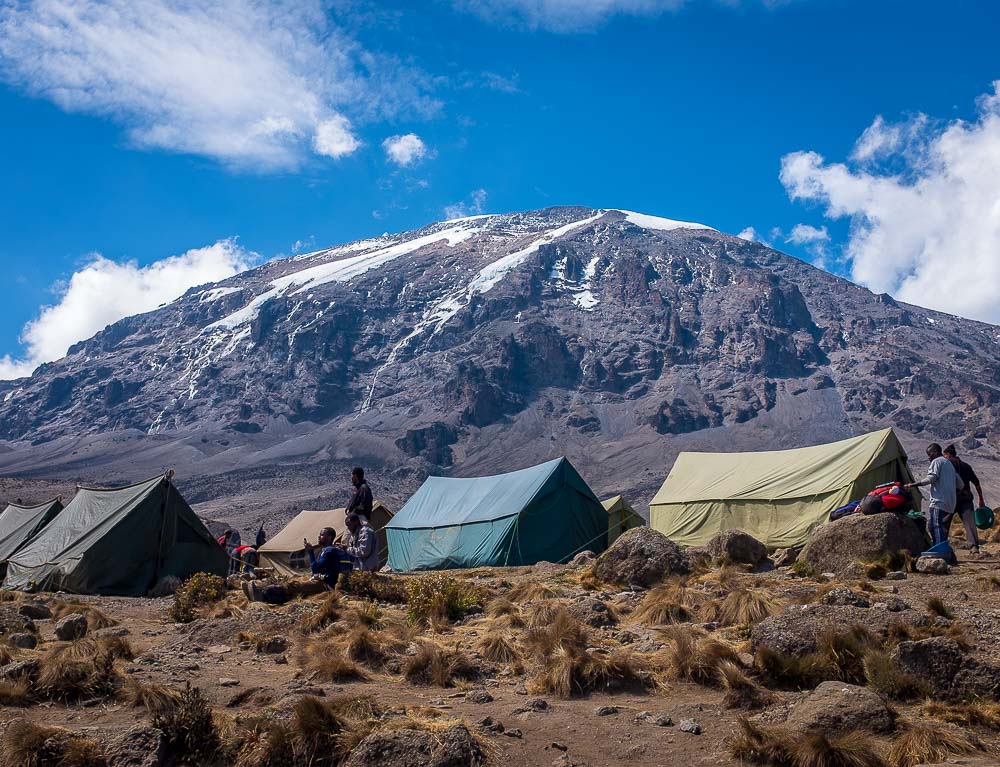
Fitness And Altitude Sickness On Kilimanjaro

